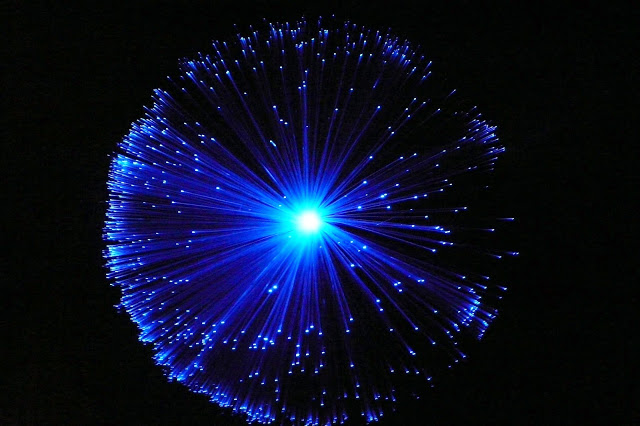When the Big Bang created the universe out of nothing, scientists believe the explosion created equal amounts of matter and anti-matter. And, if they were ever to meet, they would annihilate each other – returning to ‘nothing’ apart from a burst of energy. Every fundamental particle in the universe has an antiparticle, which has the same mass but the opposite charge. If a particle should ever meet its antiparticle, the two would annihilate each other in a flash of energy. But it's long been theorized that there's an exception to the rule, with certain particles that are actually their own antiparticles.
It was already thought that neutrinos might be their own antiparticles, although separate research is continuing to find out if that’s the case. Paul Dirac’s hypothesis of dark/negative energy leads to discovery of antiparticles like positron to electron. In 1928, physicist Paul Dirac predicted that every fundamental particle has an antiparticle - a twin that has an opposite charge. If a particle and antiparticle were to meet, they would be annihilated while releasing a burst of energy. In 1937, physicist Ettore Majorana predicted that in the class of particles known as fermions, which includes the proton, neutron, electron, neutrino and quark, there should be particles that are their own antiparticles. . A team of scientists found first evidence for the existence of a Majorana fermion, a hypothetical particle proposed 80 years ago that is its own antiparticle. The fermion observed by the team is known as a “chiral” fermion as it moves in just one direction along a one-dimensional path. In this quest, the discovery of angle particle which is its own antiparticle has started a new twist in understanding matter and its hypothesis in this materialistic world.
Experimental pursuit
It’s not fundamentally surprising, because physicists have thought for a long time that Majorana fermions could arise out of the types of materials used in this experiment. But they put together several elements that had never been put together before, and engineering things so this new kind of quantum particle can be observed in a clean, robust way is a real milestone. The researchers from Stanford University and University of California found the Majorana fermion in a series of lab experiments on exotic materials. The complexity of the experiments necessary to find the Majorana fermion makes this work a landmark in the field. The experiment that resulted in the find involved looking for a special half-speed signature of Majorana quasiparticles, which are “excitations” that come from how electrons behave in superconducting materials. While these are special entities that have some properties of particles but are not actually particles found in nature, quasiparticles are still regarded as real Majorana fermions. The researchers applied electricity to stacks of superconducting materials and topological insulators in a chilled chamber. A topological insulator conducts current along its surface or edges only, not through the middle. A magnet was then used to control the behavior of generated electrons as they sped along the edges of the surface. The electrons were slowed down, stopped and their direction changed. This cycle continued until the scientists identified the Majorana quasiparticles that emerged by their unique speeds.
Applications
It is thought the existence of fermions could be used to help bring about the technological revolution promised by quantum computers, which are many times more powerful than existing machines. It is thought a single qubit, or quantum bit, of information could be stored in two separate Majorana fermions. So even if the interference affected information in one, the other would almost certainly keep it safe.
Bottlenecks of discovery
One problem that has limited their development has been they must be insulated from environmental noise. Just as confusingly, it’s not clear if these particles can actually occur naturally. It's very unlikely that they occur out in the universe. In the meantime, the most likely way to find Majorana fermions is by looking for "quasiparticles." As the name suggests, these aren't quite natural particles, but they arise out of the collective behavior of electrons and have certain properties of particles.
